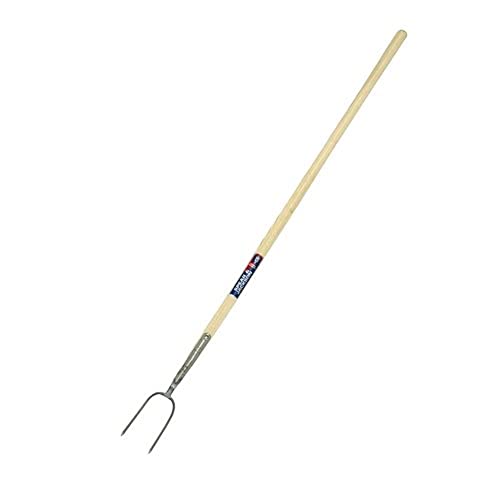The Function of a Fork on a Forklift
A forklift is a versatile and essential piece of equipment in many industries, used for lifting and transporting heavy loads. The key component of a forklift that allows it to perform these tasks is the fork. The fork is a specially designed attachment that can be raised and lowered to lift and move pallets, containers, and other heavy items. In this article, we will explore the function of a fork on a forklift and how it contributes to the overall functionality of the equipment.
Lifting and Carrying Loads
The primary function of a fork on a forklift is to lift and carry loads. The fork is designed with two or more tines that extend horizontally from the front of the forklift. These tines can be lowered or raised using the hydraulic system of the forklift, allowing the driver to adjust the height and position of the fork to pick up and carry loads of various sizes and weights.
In addition to lifting and carrying loads, the fork can also tilt forward or backward, allowing the operator to adjust the pitch of the load. This feature is particularly useful when dealing with unbalanced or fragile loads, as it helps to prevent items from sliding or falling off the forks during transportation.
Loading and Unloading
Another important function of the fork on a forklift is loading and unloading. The fork can be inserted under the pallet or container, and then raised to lift and move the load. This makes it possible for the forklift operator to efficiently load and unload items from trucks, shelves, and other storage areas.
The ability to load and unload quickly and safely is crucial in many industries, such as warehousing, manufacturing, and logistics. The fork provides a stable and secure platform for transferring heavy items, reducing the risk of damage and injuries during the process.
Stacking and Storing
One of the most significant advantages of using a forklift is its ability to stack and store items vertically. The fork on a forklift enables efficient stacking and storing by allowing the operator to lift items to higher levels, making optimal use of available vertical space.
The fork can be raised to a desired height, and then the forklift can be driven forward to position the load into a designated location. This stacking and storing function is especially useful in warehouses and distribution centers, where maximizing storage capacity is crucial for efficient inventory management.
Transportation and Maneuverability
In addition to the lifting and carrying functions, the fork on a forklift also contributes to its transportation and maneuverability capabilities. The fork can be adjusted horizontally, allowing the operator to align the tines with the load and ensure secure handling during transportation.
The fork also allows the forklift to make precise turns and navigate tight spaces with ease. The ability to maneuver in confined areas is particularly important in indoor settings, such as warehouses and factories, where space is often limited.
Versatility and Adaptability
The fork on a forklift is designed to be versatile and adaptable to different types of loads and applications. It can be equipped with various attachments, such as side shifters, extensions, and clamps, to handle different materials and improve efficiency.
For example, a side shifter attachment allows the fork to shift sideways, enabling the operator to adjust the position of the load without repositioning the forklift. This flexibility is especially beneficial when working with different pallet sizes or loading and unloading from narrow aisles.
In conclusion, the function of a fork on a forklift is multi-faceted. It enables the forklift to lift, carry, load, unload, stack, store, transport, and maneuver various loads with efficiency and safety. The versatility and adaptability of the fork make it an invaluable component of the forklift, contributing to its overall functionality and enhancing its capabilities in various industries.






